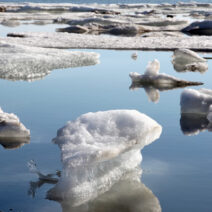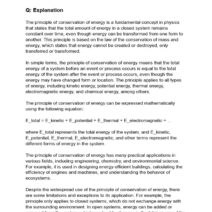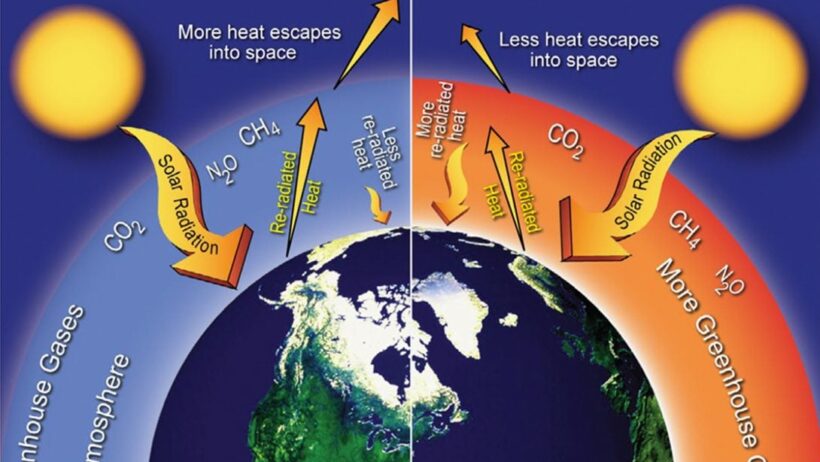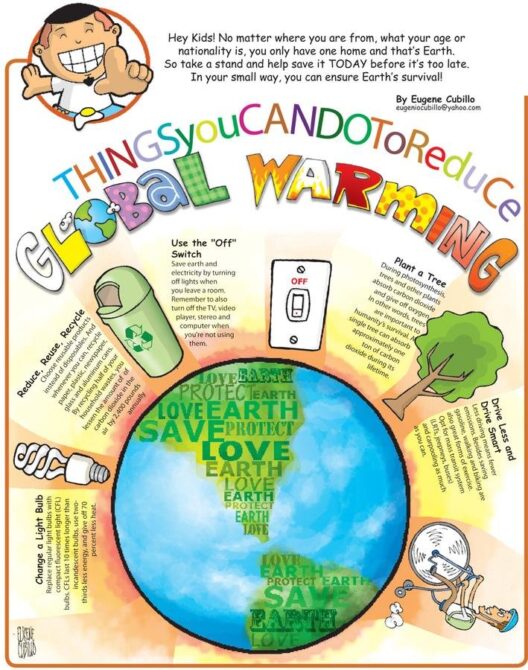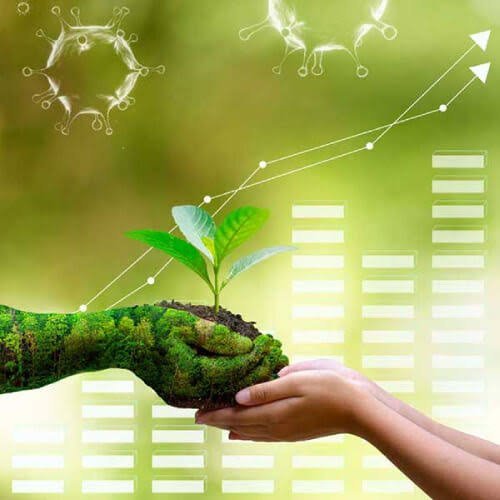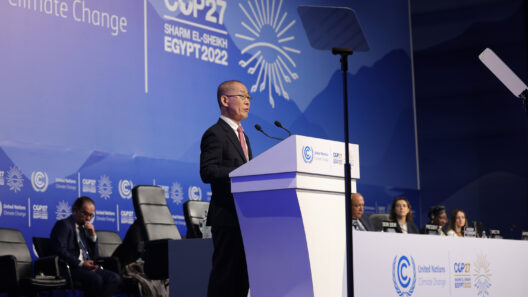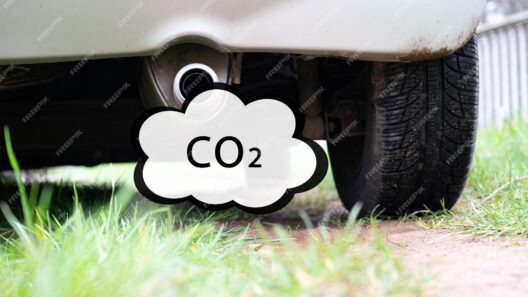In recent years, the narrative surrounding climate change has overwhelmingly focused on the alarming realities of rising temperatures, devastating natural disasters, and the myriad consequences of global warming. However, an intricate web of climatic phenomena reveals a remarkable connection between these warming trends and the possibility of enduring cold spells or even another ice age. This nuanced discourse offers an unexpected perspective that challenges our understanding of Earth’s climatic systems.
The interplay between warming and freezing is not merely a juxtaposition; it is a dynamic interplay that invites exploration, curiosity, and discourse. To elucidate this relationship, it is essential to grasp the mechanisms driving both persistent heat and sporadic chill.
Understanding the Earth’s Thermal Balance
At the core of climate science is the Earth’s thermal balance, which operates through a delicate equilibrium between incoming solar radiation and outgoing heat. The greenhouse effect plays a pivotal role in retaining heat within our atmosphere, creating a conducive environment for life on the planet. However, the elevation of atmospheric carbon dioxide and other greenhouse gases—largely propelled by human activities—has intensified this effect, leading to unprecedented alterations in temperature and weather patterns.
What many might not realize is that such warming can disrupt oceanic currents and weather systems in profound ways. The ocean serves as a colossal thermal reservoir, absorbing much of the heat generated by greenhouse gases. However, patterns of heat absorption are subject to change due to alterations in freshwater input from melting ice caps and glaciers.
When freshwater from melting polar ice infiltrates the oceans, it can disrupt the salinity and density of seawater. This, in turn, can affect major oceanic currents, such as the Gulf Stream, which is vital for moderating temperatures across the northern hemisphere. A slowdown in these currents could have cascading impacts, leading to localized cooling in some regions while contributing to further warming elsewhere.
The Ripple Effect: From Celsius to Ice
The melting of Arctic ice and glaciers releases vast quantities of freshwater into the ocean, creating an imbalance that some researchers argue could initiate a feedback loop. This phenomenon could not only exacerbate global warming but may also prompt the onset of severe winter conditions or an anomalous cold climate. The paradox that arises is both captivating and perplexing. While the planet overall may be experiencing rising temperatures, certain regions—especially in the Northern Hemisphere—could be prone to colder weather patterns as a result of disrupted circulation.
Scientists have conducted climate simulations that suggest if these currents continue to weaken, regions such as Europe could face significant cooling. Historical records show that Earth has experienced rapid climate shifts—such as the Younger Dryas, a period of abrupt cooling approximately 12,000 years ago, which occurred amid an overall trend of warming. Such precedents tantalize those who scrutinize the reliability of our current climate models and challenge perceptions of an unilinear trajectory of climate change.
The Human Dimension: Climate Perception and Preparedness
As we grapple with the dual realities of potential warming and sudden cooling, it becomes increasingly critical to understand the social and economic dimensions of climate responsiveness. The specter of a possible ice age, however distant or implausible it may appear, calls for strategic foresight in urban planning, infrastructure investment, and energy consumption.
Communicating the nuances of climate science is vital for motivating societal engagement. Current societal perceptions often dismiss the complexities of climate change in favor of more sensational narratives of catastrophic warming. Recognizing the potential for significant shifts—ice sheets collapsing, temperate zones freezing—opens the door to citizen engagement and policy advocacy best characterized by resilience.
Emphasizing the need for adaptive strategies, governments and communities must focus on mitigating vulnerabilities. This encompasses fortifying existing infrastructure against both heatwaves and potential hailstorms, ensuring food security as plant hardiness zones shift, and investing in renewable energy technologies that offer dual benefits in reducing greenhouse gases and fostering energy independence.
The Surprising Interconnectedness of Climate Events
The possibilities of a dualistic climatic future—a time of heat and a time of cold—urge humanity to rethink its relationship with nature. Such remarkable interconnectedness compels us to realize that climate phenomena do not exist in isolated chambers. The pressures exerted by global warming might paradoxically sow the seeds for another icy chill. Understanding these interconnections thus serves as an indispensable element to preemptively brace for what may come.
Ultimately, the intricate dance between meltdown and freeze exemplifies a fascinating but precarious balance. The world will not experience an unequivocal warming or cooling; rather, it stands to face an oscillation of extremes characterizing our planet’s climatic future. By embracing this complexity, society can cultivate a more resilient and adaptable approach to the environmental challenges that lie ahead.
In traversing this bewildering terrain, each of us wields the potential to enact change, elevate awareness, and foster discussions that transcend simplistic interpretations of our climatic reality. Let us open our minds to the intersecting narratives that beckon us to envision a sustainable future amidst the climate’s caprices; in doing so, we hold the reins of transition toward a more informed generation.
